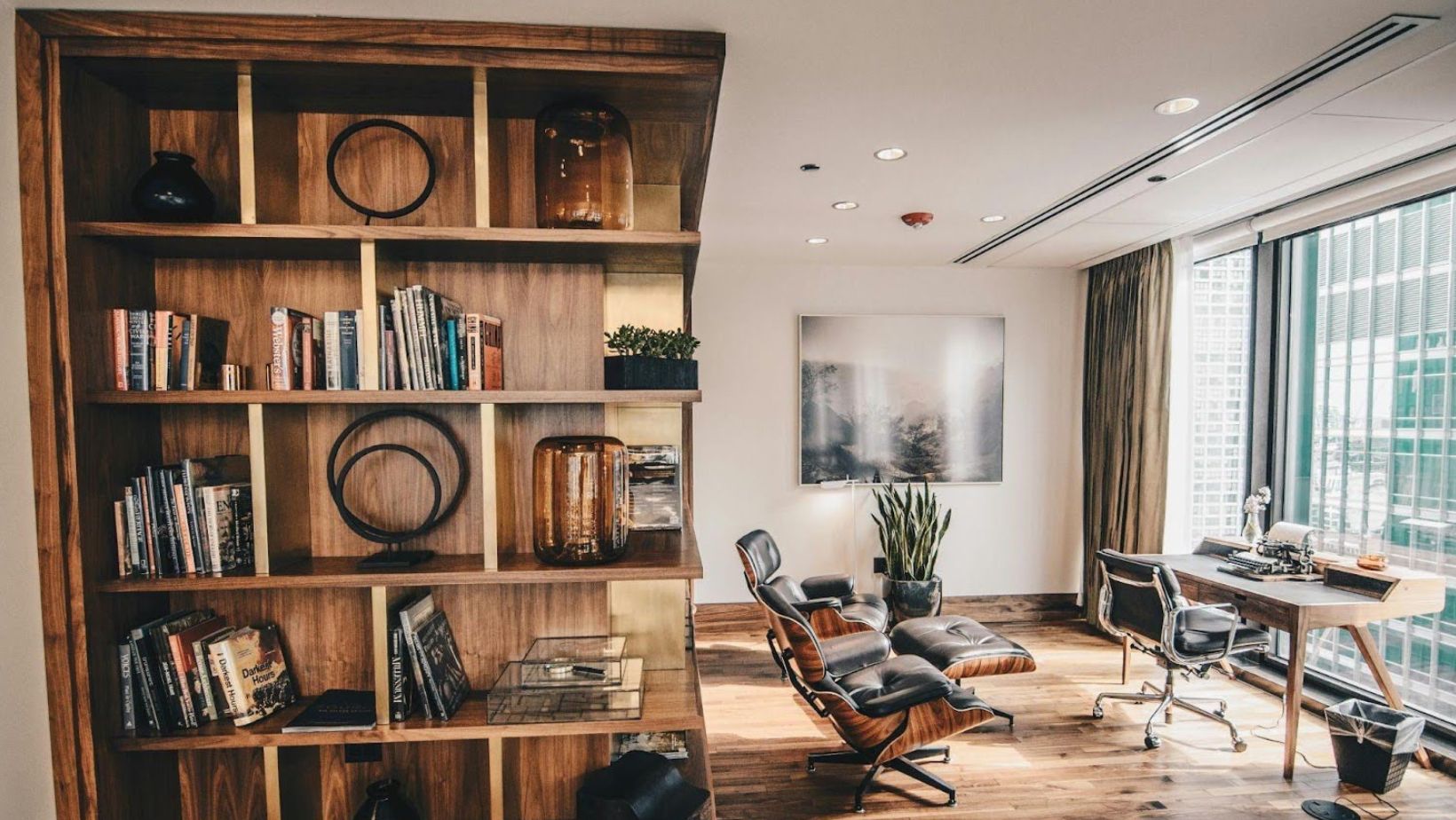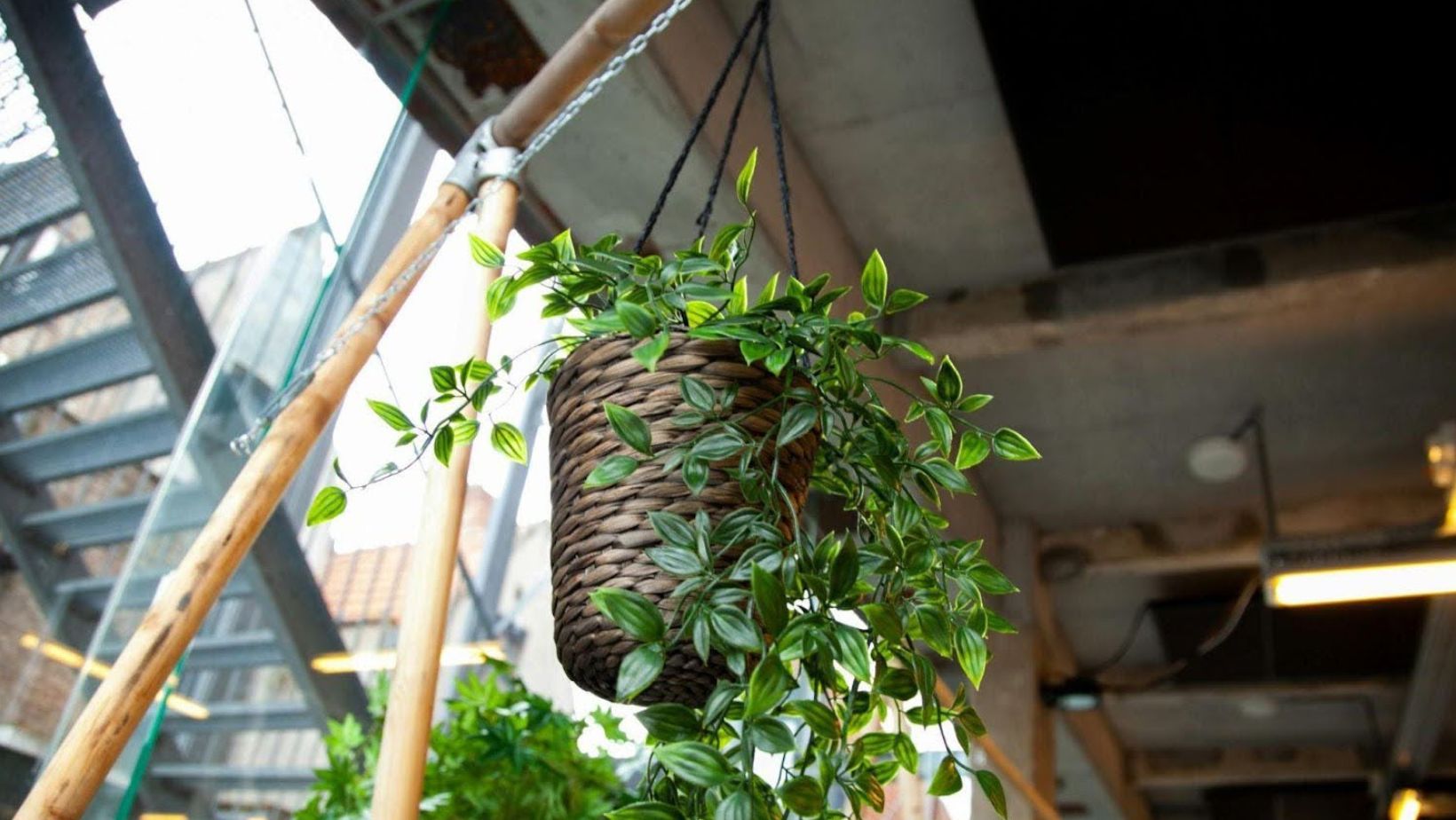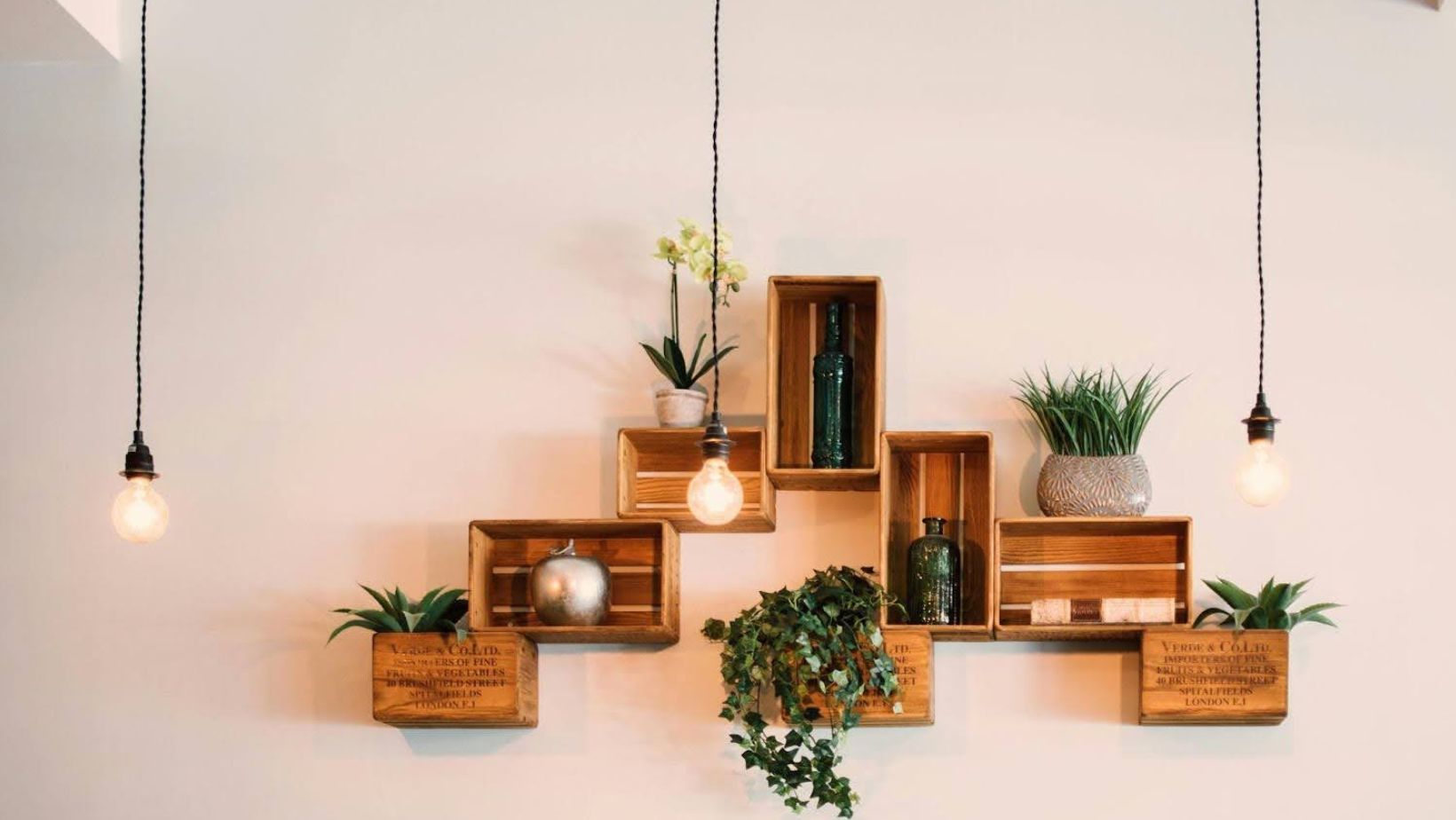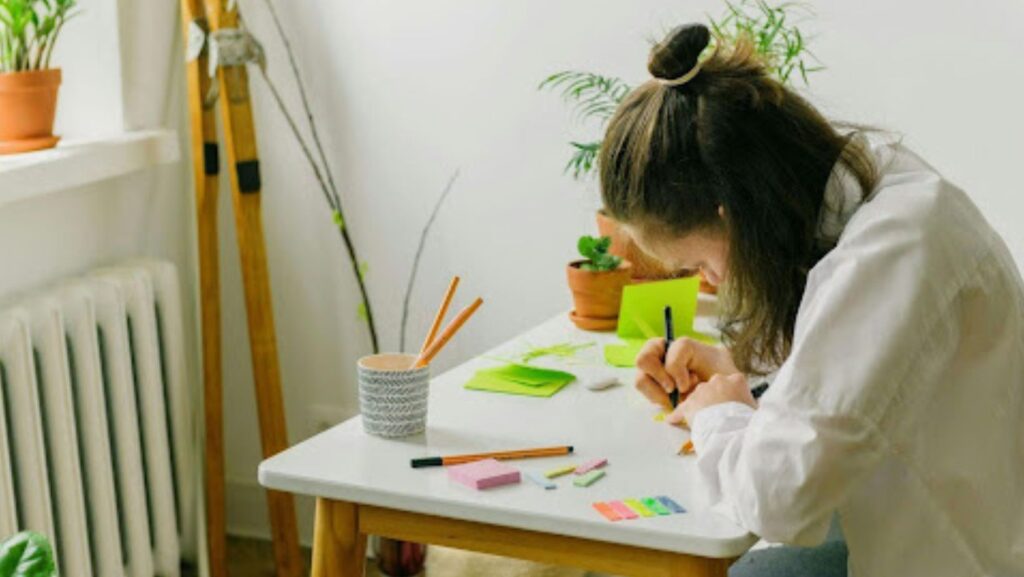Back in March of 2022, I was sitting at my kitchen table for the millionth time, working on my laptop. My back is killing me, there’s toast crumbs everywhere, and I’m having a full-on existential crisis about working at home versus an office (which I once really enjoyed).
That was my rock bottom moment with the whole work-from-home thing. And honestly? Best thing that ever happened to my living space.
Fast forward to now, and I’ve got a workspace that people actually compliment when they see it on video calls. More importantly, it doesn’t make me want to crawl back into bed every morning. The crazy part is how I got here. Turns out creating an eco-conscious workspace wasn’t just about saving the planet (though that’s cool too), it was about saving my sanity.
I’m definitely not alone in this. Everyone I know who works from home has gone through some version of this evolution. We started out thinking any flat surface would do, and now we’re all secretly obsessed with creating spaces that don’t make us feel like garbage. The whole sustainable office thing has kind of exploded because of it.
Why a Sustainable Home Office Matters
I’m gonna be real with you—I didn’t start caring about “green design” because I’m some environmental warrior. I started caring because it’s been reported that cheap furniture has been making some people sick.
Turns out that a $99 desk can release nasty chemicals called VOCs into the air. Studies show that particle board and other composite materials continue off-gassing these volatile organic compounds for months after purchase.
Better materials mean better air quality, which means your brain actually works properly during the day. Also, and this might sound weird, but there’s something psychologically satisfying about knowing your environment isn’t slowly poisoning you.
Sustainable Furniture Choices for Your Workspace

Here’s what I wish someone had told me before I wasted money on three different desks: sustainable furniture isn’t just better for the planet, it’s better for your wallet in the long run.
Reclaimed and Recycled Materials
My current desk is this gorgeous piece made from reclaimed barn wood, and I’m slightly obsessed with it. The guy I bought it from told me it came from a 1920s dairy farm in Vermont, and there’s still some original paint in the grain. It’s got character, you know? Plus it weighs approximately 500 pounds, so it’s not going anywhere.
I also got into bamboo. My standing desk converter is bamboo and it’s held up through me spilling coffee on it at least 47 times. (Yes, I counted. Don’t judge.)
For storage, I went with recycled metal filing cabinets that look kind of industrial but in a good way. I found out later that recycling metal scraps actually conserves a ton of energy compared to mining new materials. But mostly I just liked that they’re basically indestructible and my cat can’t knock them over.
Multi-Functional, Minimalist Design
Okay, so “minimalist” might be generous given the state of my desk most days, but hear me out. When I stopped buying random single-purpose furniture and started thinking about pieces that could multitask, my whole space opened up.
My bookshelf is also my room divider. My ottoman has secret storage (game changer for hiding all those random cables). My desk has built-in drawers so I don’t need some massive filing cabinet eating up floor space. It’s like furniture Tetris, but way more satisfying.
The best part? Less stuff means less decisions, which means my brain has more capacity for actual work instead of wondering where I put that important document under the pile of… other important documents.
Eco-Friendly Décor and Accessories

This is where I got to have some actual fun instead of just being practical all the time. Turns out you can make your space look good AND not feel guilty about your choices.
Green Office Plants
Full disclosure: I killed four plants before I figured this out. Four! My friends started an office pool on how long each one would last.
But then I discovered the magic of air-purifying plants that are basically impossible to kill. Snake plants, pothos, and peace lilies are like the golden retrievers of the plant world. Friendly, forgiving, and they actually clean your air while you ignore them for weeks at a time.
The psychological thing is real, too. Having something alive and green in your peripheral vision makes everything feel less corporate and stuffy, and more like a place where humans might want to spend time.
Natural Textiles and Lighting
I once found a beautiful synthetic rug online that looked amazing in the photos. I brought it home, rolled it out, and within an hour my eyes were watering and I couldn’t stop sneezing. Turns out I’m sensitive to whatever chemicals they use in synthetic fibers. Who knew?
Now I stick with organic cotton, hemp, and linen. My hemp curtains took some getting used to because they have this texture that’s… substantial? But they’ve gotten softer over time, and they don’t make me feel like I need an antihistamine every morning.
LED bulbs were a no-brainer once I realized my old desk lamp was basically a space heater that happened to produce light. Now I can actually touch my lamp without burning my fingers, and my electric bill dropped by like $30 a month.
The Role of Eco-Friendly Practices Beyond Textiles
Here’s something nobody warns you about: conventional laundry detergent leaves this weird residue on everything that you don’t notice until you switch to something better. I was washing my office textiles with the same stuff I’d used for years, wondering why my curtains always felt slightly filmy.
So, I started experimenting with eco-friendly alternatives like reusable dryer balls, plant-based dryer sheets, the whole nine yards. The sheets I use now actually make my stuff feel softer without that artificial flower smell that used to trigger my migraines. Switching to an eco-friendly laundry product was a win for me and a win for the planet!
Fabric Care for a Greener Lifestyle
After my dryer sheet success, I decided to switch to an eco-friendly laundry detergent as well! I stuck with plant-based formulas after the success I had with my office textiles. Now my things actually feel clean instead of just less dirty.
If you’re not sure where to start, The Laundry Guru has been super helpful for figuring out what works with different fabrics. Because apparently cotton and hemp need different approaches, and nobody tells you these things.
Daily Habits that Enhance Your Eco-Office

The big furniture purchases get all the Instagram likes, but honestly, it’s the boring daily stuff that makes the real difference. Both for the planet and for my bank account, which appreciates not getting destroyed by utility bills.
Energy-Saving Practices
LED lighting was probably the easiest win. My old desk lamp got so hot I could’ve used it as a space heater. Now my lamp barely warms up and uses way less electricity.
Smart power strips are magic. Turns out my printer was just sitting there sucking power 24/7 even though I print maybe twice a week. Same with my laptop charger, my monitor, probably half the stuff on my desk. The power strip just cuts the phantom power automatically, and I don’t have to think about it.
But the real game-changer was rearranging my desk to face the window. Most days I don’t need artificial light until the late afternoon. According to the National Grid folks, these little tweaks actually add up to real savings on your energy bill. Plus, natural light just makes everything look better on video calls.
Waste Reduction Strategies
Going paperless was honestly harder than I thought it would be. I’m one of those people who likes to write things down by hand, and old habits die hard. But digital tools for notes and file storage have made my life so much easier. Everything’s searchable, nothing gets lost under coffee cups, and I don’t have to deal with paper cuts anymore.
I still print important stuff sometimes, but having a dedicated recycling spot right in my office makes it easy to deal with. Also got a tiny compost bin for apple cores and plant trimmings. It’s not glamorous, but it makes me feel slightly less guilty about existing.
Final Thoughts – A Workspace That Reflects Your Values
Three years later, my home office has become my favorite room in the house. Not because it’s perfect, but because every piece in here was chosen intentionally. The sustainable materials, the eco-friendly décor, the mindful habits around energy use and laundry all add up to a space that feels like me.
It’s healthier, sure. It looks better than my old setup, definitely. But mostly it just makes me feel good about the choices I’m making every day. And in a world where everything feels slightly out of control, having one space that aligns with your values is weirdly powerful.
The best part is you don’t have to do it all at once. I replaced things as they broke or wore out, just with better options. I added plants one at a time until I figured out which ones I couldn’t kill. I tried different eco-friendly products until I found ones that actually worked.
Ready to give this a shot? Choose one small swap this week. Maybe hunt for a reclaimed wood desk, switch to LED lighting, or try those plant-based dryer sheets. Check out some eco-friendly product guides for inspiration, and definitely share your sustainable office setup on Houzz when you’re ready. Your space might be exactly the motivation someone else needs to start their own transformation.


More Stories
Why Some People Disappear and Others Rebuild
Sip and Shift: Creating a Home Sanctuary for Wine Lovers and Car Enthusiasts
New Journeys, New Home: Finding the Right Travel Backpack and Settling Into Winnipeg Living